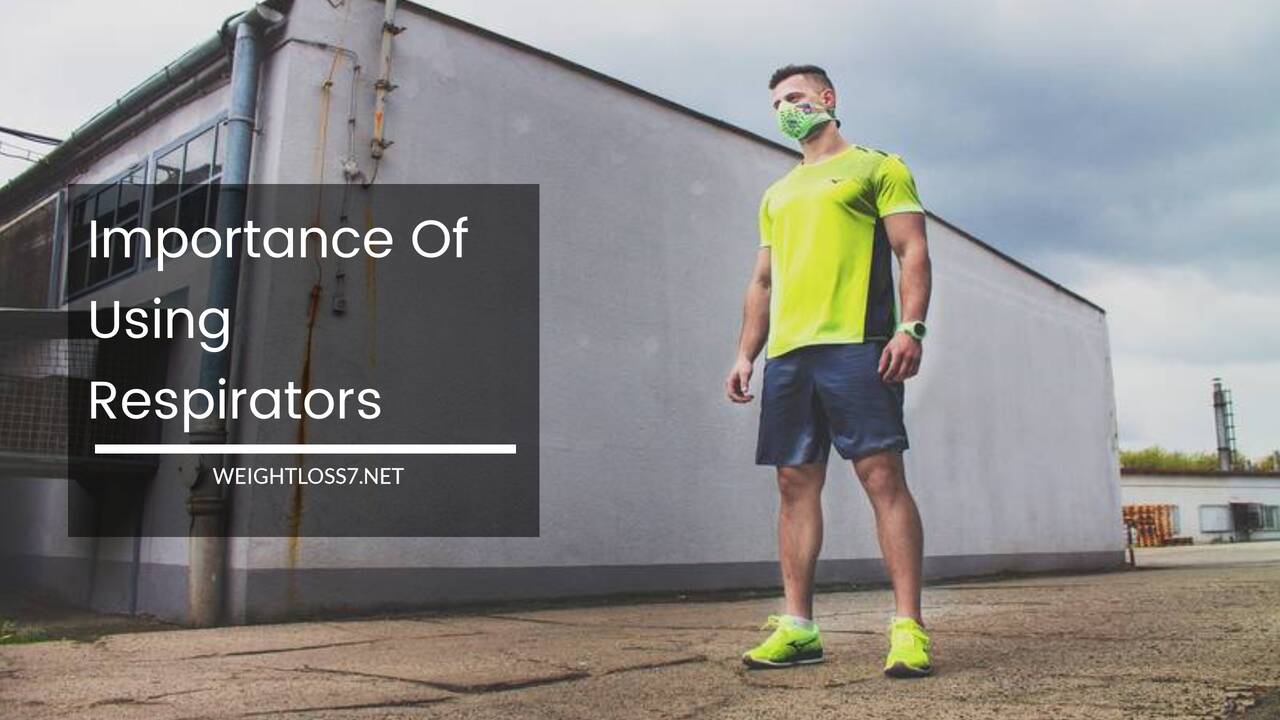Importance Of Using Respirators

Respirators protect you from inhaling dangerous vapors, gases, fumes, dusts, and particulates. They are used by the military, private industries, and public service industries in jobs involving atmospheric hazards.
There are a number of different types of respirators, and the type you use is determined by the contaminant and environment from which you need to be protected.
Air-Purifying Respirators
Air-purifying respirators (APRs) are used in areas where there is sufficient oxygen and low-level contamination.
There are four classes of APRs: Dust masks, or disposable respirators, provide the least protection due to their poor sealing abilities. They can be used for low concentrations of pollens, nuisance dusts, animal dusts, and coal dusts.
Quarter mask respirators fit from the top of the nose to the top of the chin. Half mask respirators fit from the top of the nose to under the chin. These use replaceable cartridges to filter the air.
Depending on the cartridges used, these respirators protect you from dusts, mists, fumes, pesticides, ammonia, acid gases, organic vapors, and mercury vapors.
Full face respirators cover your entire face. Cartridges may be mounted on your chin, chest, or back. In addition to filtering contaminants, these respirators protect your eyes and face from liquid splashes and sprays.
Atmosphere-Supplying Respirators
Supplied-air respirators are used in oxygen-deficient areas, in work environments with contaminants that APRs cannot filter out, in environments that are too hot or cold, and at sites that are highly toxic.
With self-contained breathing apparatus, or SCBA, the user carries an air tank, usually on the back. These are used in extremely hazardous environments by firefighters and other emergency personnel.
With an air line respirator, the air supply is separate from the user, and an air line hose brings it to the face piece.
Closed circuit self-contained breathing apparatus, or re-breathers, recycle exhaled air instead of expelling it. These are used mainly in mine rescue work because they prolong oxygen usage. In all SCBAs, a warning alarm goes off when most of the air supply has been used up.
Fit Testing
Most respirators must be fit tested before they are used on the job. This is not the same as a user seal check, which is a quick procedure to determine if the respirator is properly seated or needs adjusting.
In a qualitative fit test, the person wearing the respirator is exposed to a test agent. A quantitative test measures the amount of contaminant in the respirator itself while you are wearing it.
Fit testing must be done before you wear a respirator for the first time and every year afterward.
Maintenance
To ensure ongoing protection, respirators must be properly maintained. Follow the manufacturer’s instructions for cleaning, disinfecting, and storing. Inspect the respirator after every use. Look for cracks, holes, and dry rot.
Replace hoses, valves, and filters as needed. Never alter or use unapproved parts on your respirator. Do not glue or staple anything to your respirator, put holes in it, or write on the filter.
Before you use a respirator in a hazardous environment, be sure it is the right one for the location. Have it fit tested, and become thoroughly familiar with its usage.
Only use respirators and replacement filters and cartridges that have been certified by the National Institute for Occupational Safety and Health.

















